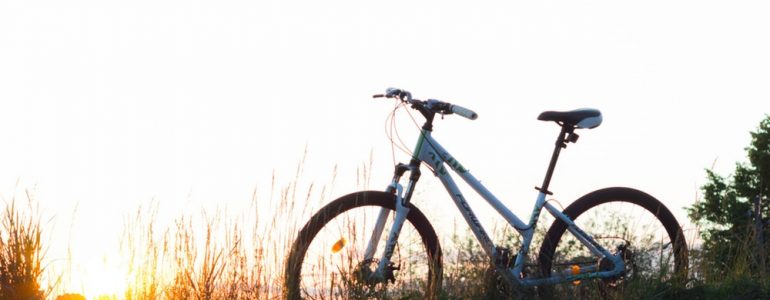Most 7 year olds are not yet tall enough to safely ride a 24” bike. Not only will it be too tall for them to pedal properly, it might also be too heavy and unwieldy.
The best way to choose the best bike size for your child is to measure their inseam. That’s the distance between the top of their leg to the floor. Make sure they are barefoot when you take this measurement.
A typical 7 year old will have an inseam of 22”-25”. That corresponds to a bike with a 20” wheel diameter, not 24”.
Another way to select the right size is to measure their height. Have them stand up straight with feet slightly parted. They should also be barefoot for an accurate measurement.
A 7 year old will be between 46.6” and 49.5” tall.
The ideal bike wheel size for this height range is 20”.
But some 7 year olds are tall for their age or have longer legs than average. If your kid has such a physique, a 24” bike may be a better fit. Use the inseam measurement to choose the right size.
Why size is important
It’s all about safety, comfort and having fun.
A 24” bike for a 7 year old is going to be difficult to ride. They won’t be able to pedal properly and might have trouble reaching the handlebars.
And because of the extra weight, controlling the bike becomes a challenge as well.
This is dangerous and could easily lead to falls and injuries. The worst part is that they can’t do much when the bike starts wobbling and tilting.
Because they cannot reach the ground with their feet, they cannot stop the bike from falling.
It’s normal for kids to fall off the bike especially when they are learning. Having a lightweight bike that’s the right size ensures the falls are not serious.
Oversized or undersized bikes are also uncomfortable to ride.
A bike that’s too big will be difficult to ride and might strain their hands and legs. One that is too small will be awkward to pedal and will feel uncomfortable for their knees and hips.
Finally, there’s the fun factor.
If your kid is not having fun with their bike, they won’t want to ride it.
Best bike sizes for every age
When you are buying a child’s bike, you look at the wheel size not the frame size, as is the case with adult bikes.
The smallest size is usually 10”. That’s the beginner size for toddlers (ages 2-3). On the other end of the scale are 24” bikes that are ideal for pre-teens (8-11 years).
Once you hit 26”, you are in adult size territory.
Here’s a table showing the recommended wheel sizes for each age.
| 2-3 years | 10”-12” |
| 3-4 years | 14” |
| 4-5 years | 16” |
| 5-8 years | 18”-20” |
| 8-11 years | 24” |
These are just general recommendations. They will not work for every child because some kids are taller or shorter than average.
For a better fit, make sure your child falls within the manufacturer’s recommended inseam range.
Note that some manufacturers use height rather than inseam measurements. As with the inseam, check that your child falls within the recommended range.
If they fall somewhere between two sizes, always go for the smaller size.
It’s much easier to control and ride a smaller bike. And in many cases, you can always adjust the saddle and handlebars to raise the bike a bit higher.
Don’t forget to keep checking whether the bike needs adjusting every few months.
Kids grow up fast, quickly outgrowing the initial saddle position. Keep adjusting the saddle and handlebars until they need to get a bigger sized bike.
How to check that a bike is the right size
Once the bike is delivered and you’ve assembled it, it is important to check that it is the right size. If it’s not, return it and get a size bigger or smaller.
So how do you make sure it is the right fit?
Ask the kid to get on the bike and sit on the saddle. They should be able to sit comfortably on the saddle with the balls of their feet touching the ground.
If their feet are resting flat on the ground, the bike may be a bit too small or the saddle might be too low. This will make pedalling harder and balancing more difficult.
Then ask them to position one foot on the pedal (turned to the lowest point nearest the ground) while keeping the other on the ground.
The foot not on the pedal should rest flat on the ground with the bike slightly tilted. The other foot should easily rest on the pedal with the knee slightly bent.
If the bike seems too big or too small, try adjusting the saddle and handlebars before sending it back to the seller.





We are buying a new bike for our grandson and found your information a great help!!
Thank you